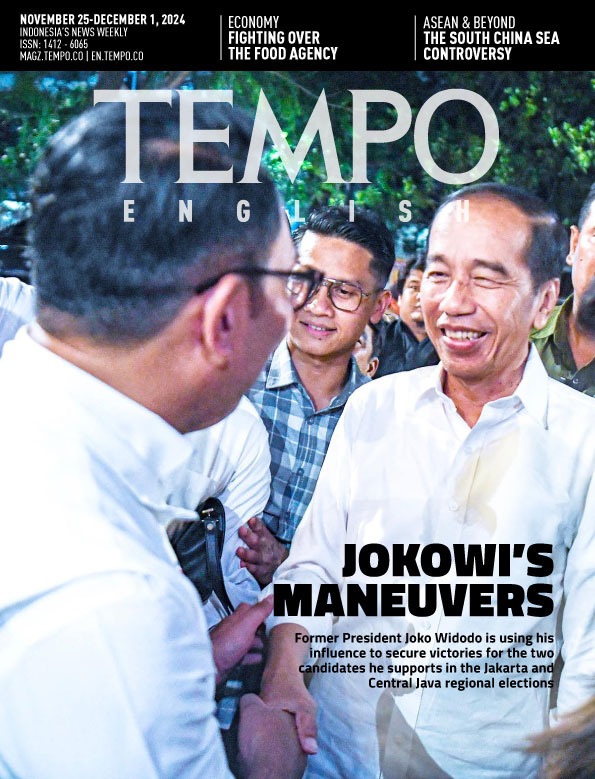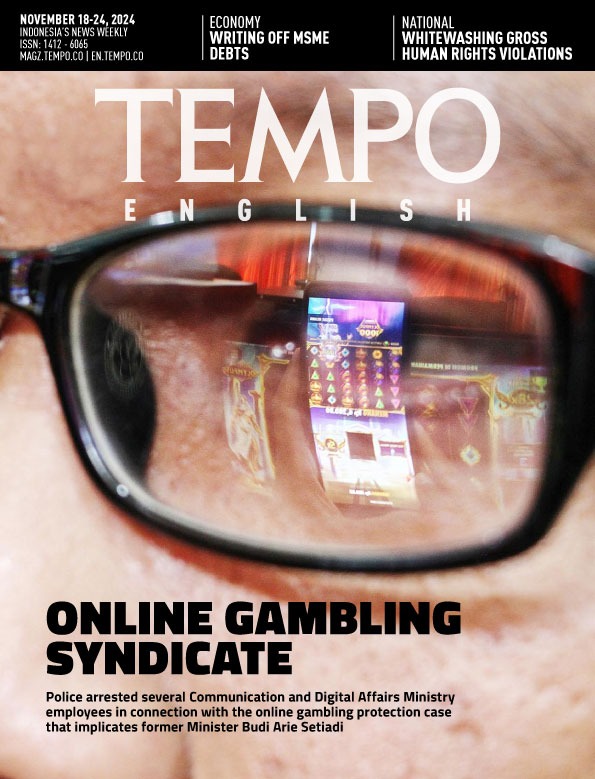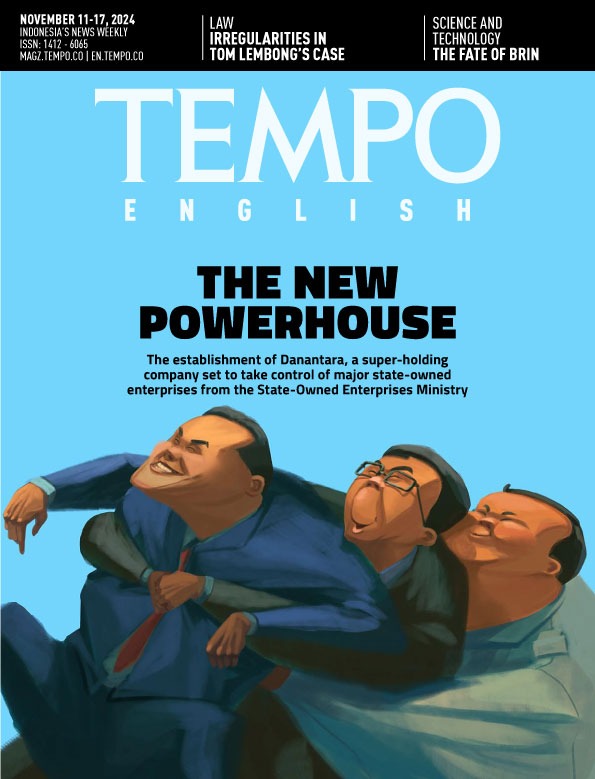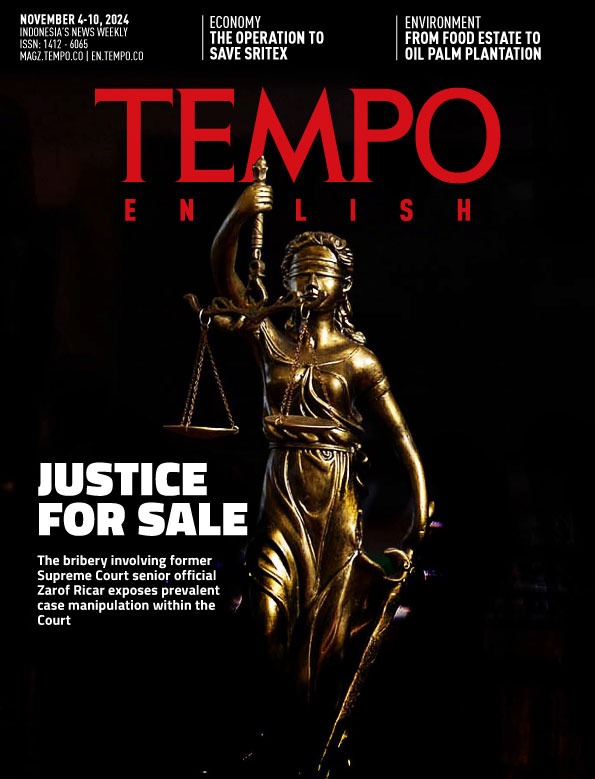Our Research Was Funded By Sponsors
Monday, August 24, 2020
arsip tempo : 173256972383.

THE Covid-19 combination drug produced by researchers from Airlangga University (Unair), Surabaya, East Java, with the support of the State Intelligence Agency (BIN) and the Army was officially submitted to the National Food and Drug Agency (BPOM) on Wednesday, August 19. “If in the evaluation it turns out something was amiss, we will rectify it,” said Unair Rector Mohammad Nasih in a telephone interview with Abdul Manan from Tempo, o
...
Subscribe to continue reading.
We craft news with stories.
 For the benefits of subscribing to Digital Tempo, See More
For the benefits of subscribing to Digital Tempo, See More








